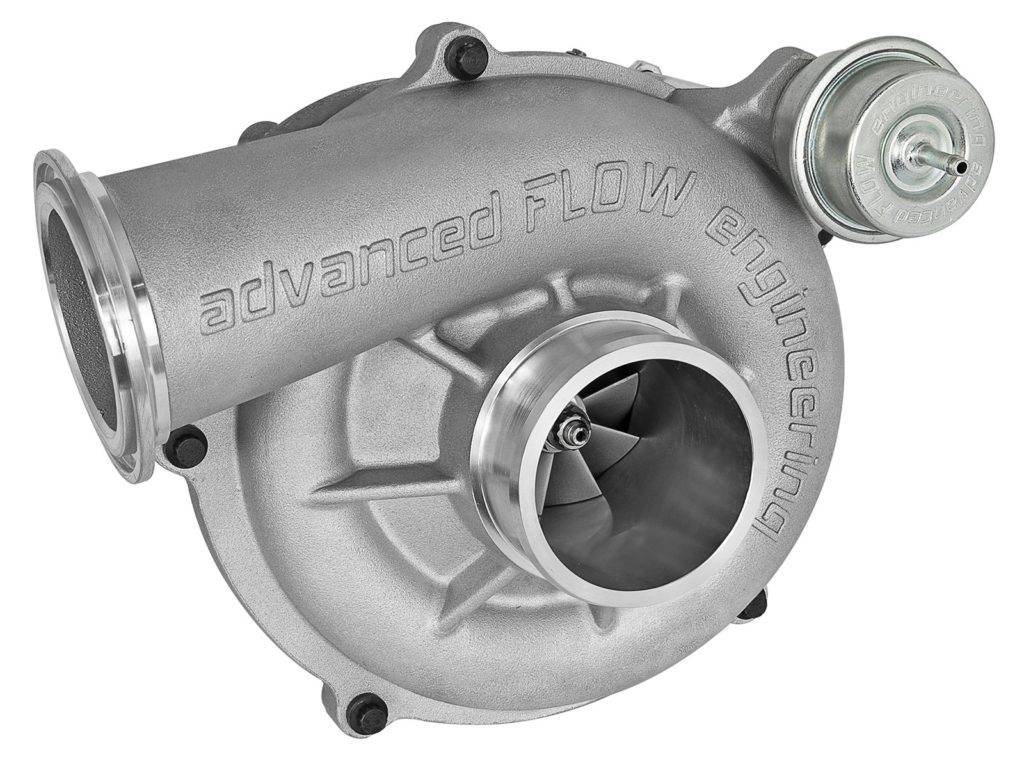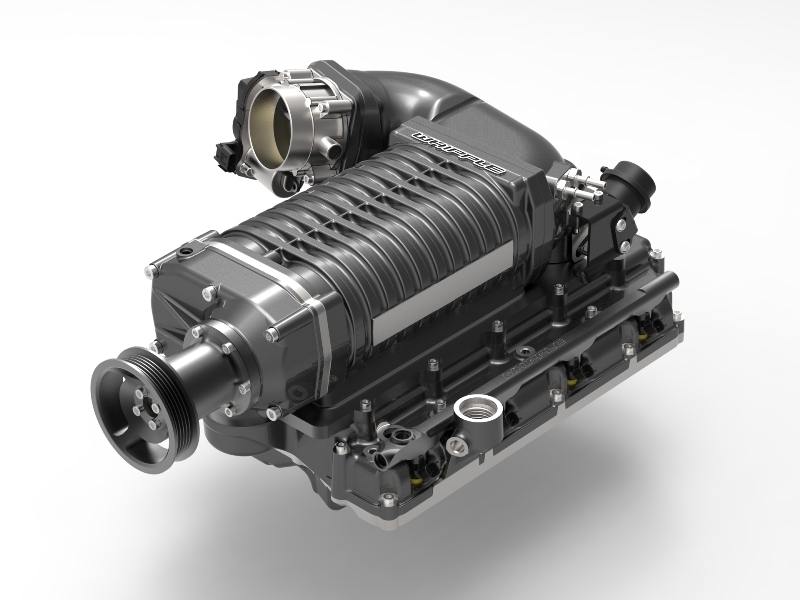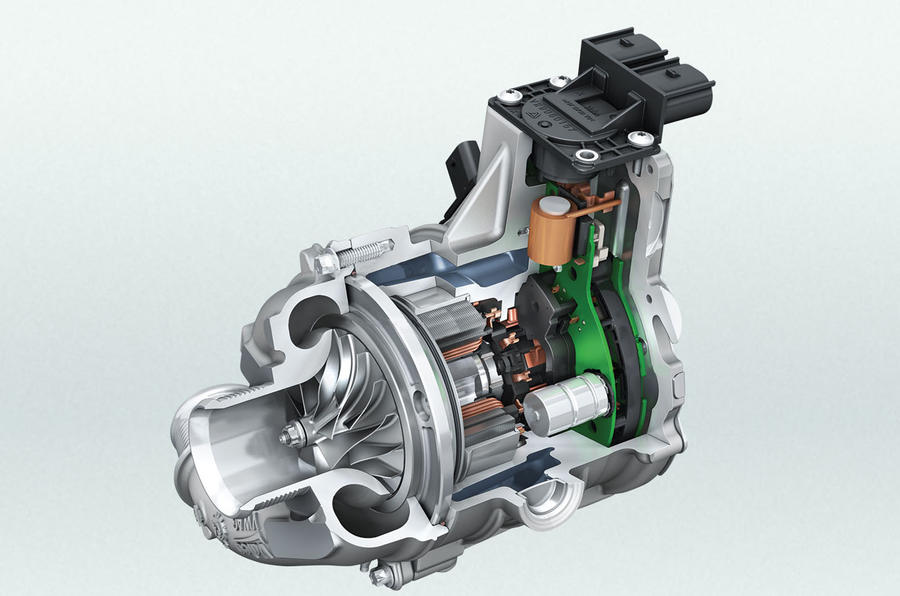Turbos, Superchargers and Electric Superchargers, all three of them are coupled with an engine to increase the net output of your car’s engine.
While all three of them do the same job, of pushing more air into the cylinders, they differ from each other in terms of the source of their power. Due to this slight change, all three of them have their own specific attributes and drawbacks.

Turbochargers push more air into the engine with help of a compressor, which is powered by a turbine, which is run from the exhaust gases of an engine.
From a thermodynamic point of view, this system provides a power increment, much efficiently than the rest. As the exhaust gases which were going to be expelled, are now being used to shove more air into your car’s engine. Turbochargers allows manufacturer to make much more power out of a smaller engine. It helps in basically downsizing the engines which reduces the amount of reciprocating mass in the car making them efficient to drive.
Turbochargers come with a major drawback of Turbo Lag. Turbo lag can be stated as the delay from the point in time the throttle has been pressed to the point when the power is delivered in a turbo charged setup. Just because Turbocharger relies on exhaust gases, the engine needs to build up a threshold pressure at the exhaust to start the Turbocharger. And finally when exhaust gases spool up the Turbocharger, it brings in more air and the power gains become exponential. So when throttle is pressed this process takes a bit time to initiate and then chains up to provide the output.
Engines with a Turbocharger tend to complete their engine oil life earlier than the rest. As turbocharger also needs an oil supply right from the engine.

Superchargers shove in more air into the cylinder with a help of a compressor, which is directly connected with the engine. A Super charger is connected with the engine, through a belt, a chain or gears mostly.
Supercharger do not have any turbo lags and are almost like naturally aspirated engines in terms of the pedal response. You mostly get a flat increase in power along the rpms by adding a Supercharger to your engine.
Supercharger tend to be inefficient as compared to the turbochargers, as they take power from the engine to provide more air which produces more power.
 Electric powered compressor (EPC)
Electric powered compressor (EPC)
Electric Superchargers are not deployed on their own in a setup. They are usually coupled with a turbo charger or two. As turbo chargers tend to be sluggish in the lower rpms, Electric superchargers comes into play in this range. It provides instant boost with the help of a compressor, powered by an electric motor. These electric motors need a high wattage 48 Volts DC battery to run them. The 48 Volts battery is then charged by a separate generator connected with the engine.
This configuration stands in between the Turbochargers and the Superchargers in terms of efficiency. But their response times are better just like the Supercharged or naturally aspirated engines. An Electric supercharger coupled with a Turbocharger provides power gains all across the rpm range.
An Electric Supercharger along with a Turbocharger can be tricky to install and initiate. The need to be calibrated for the right rpm ranges to operate to perform to their maximum potential.
For GREAT deals on a new or used Harley check out Old Town Temecula Harley-Davidson TODAY!

